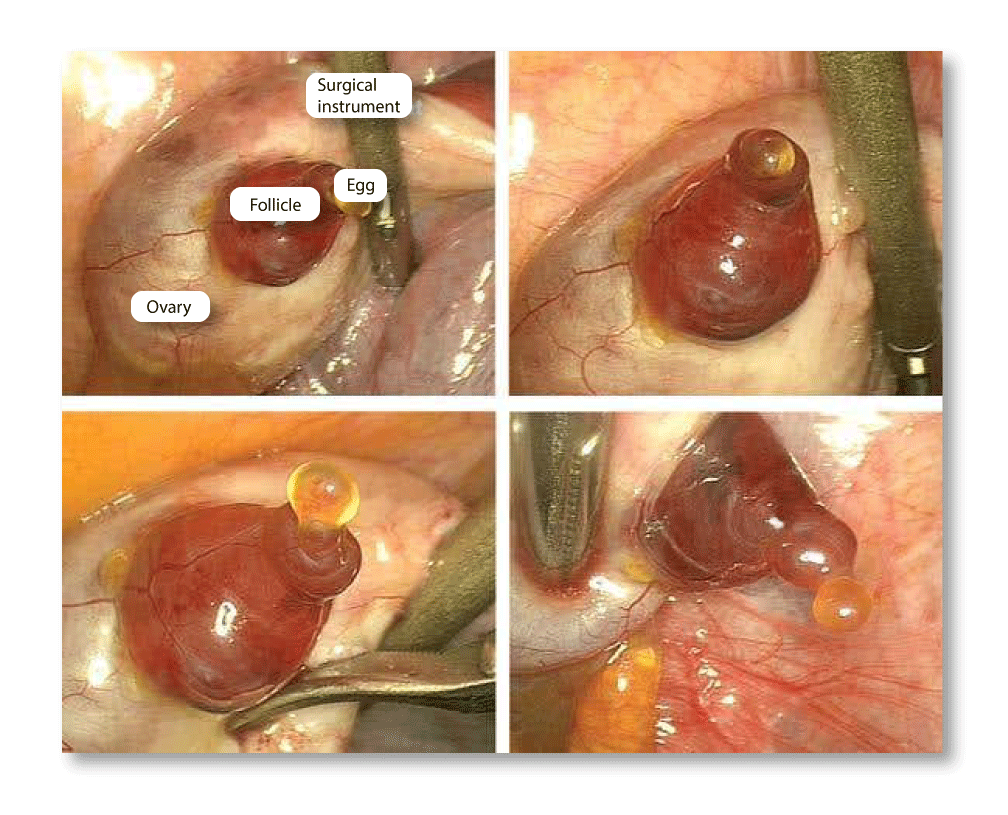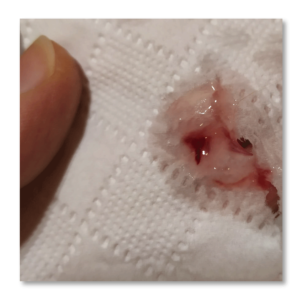Primary versus Secondary Fertility Signs
PRIMARY FERTILITY SIGNS
Cervical mucus, basal body temperature and cervical position/openness/firmness are considered primary fertility signs. This is because they provide real-time biological cues that accurately and consistently reflect levels of our underlying hormones oestrogen and progesterone. This accuracy allows us to use these fertility signs as a means of contraception (with up to 99.6% effectiveness!).
SECONDARY FERTILITY SIGNS
If we start to tune into our bodies, we may also begin to notice “secondary fertility signs”.
Secondary fertility signs provide useful information about the state of our fertility, but they are not reliable indicators and cannot be used to open or close the fertile window.
Instead, they are useful observations that allow us to pay closer attention to how our body responds to the hormones of the menstrual cycle. The secondary fertility signs can be tracked if you prefer, but they are not compulsory to the Symptothermal Method.
Secondary fertility signs can include:
- Mittelschmerz
- Breast tenderness
- Swollen lymph nodes in the groin
- Water retention (bloating)
- Spotting
- Libido
- Energy levels
- Swollen labia minora/vulva
- Altered or heightened sense of vision/smell/taste
The above list is not exhaustive! With time, you will likely notice other signs that are unique to your own experience – every person reacts slightly differently to the rise and fall of ovarian hormones. During Week 7, we will discuss many other physiological changes that occur in our bodies throughout the different phases of the menstrual cycle.

MITTELSCHMERZ
Mittelschmerz is a German word that means ‘middle pain’ and is used to refer to mild abdominal cramping, dull pressure or sharp pains that occur during the middle of the menstrual cycle around the time of ovulation. Mittelschmerz is also known as ovulation pain.
Mittelschmerz is influenced by our reproductive cycle but it doesn’t allow us to pinpoint ovulation on our chart.
The reason for this is that mittelschmerz doesn’t necessarily occur right at the moment of ovulation. In fact, mittelschmerz can last for a few hours up to about 5 days (with 12-24 hours being the norm).
The pain is usually felt on the side of ovulation.
It’s hypothesised that mittelschmerz could be caused by a number of things, including:
- Pressure on surrounding abdominal structures due to the growth of follicles in the surface of the ovary – the dominant follicle normally grows to around 2cm in diameter.
- Abdominal irritation due to the release of blood and follicular fluid when the follicle ruptures to release the ovum.
- Contractions of the Fallopian tube as it transports the ovum toward the uterus.
Pictured above you can see the moment of ovulation! These photos are the clearest photos ever taken of ovulation, and were captured in 2008 during a hysterectomy procedure. The whitish structure in the background is the wall of the ovary. The red structure is the dominant follicle in the wall of the ovary (probably about 2cm in diameter). The tiny transparent yellowish sac is a cloud of nutrient cells (corona radiata and cumulus oophorus) – inside this cloud of cells is the human egg at 0.1mm in diameter.
The human egg is the largest cell in the human body and is visible with the naked eye.
The process of the egg rupturing free of the follicle and the ovary takes around 15 minutes.

BREAST TENDERNESS
Some people find that they experience tender, lumpy, swollen or painful breasts during the mid-late luteal phase. While common, it is not necessarily optimum or normal to experience cyclical breast discomfort. Some common causes for this issue include:
- Oestrogen excess
- Progesterone deficiency
- Too much oestrogen in comparison to progesterone
- Iodine deficiency
- Caffeine consumption
A qualified health practitioner will be able to guide you toward identifying and treating the root cause of cyclical breast discomfort.

SWOLLEN GROIN LYMPH NODES
Some people notice one of their groin lymph nodes will swell to around the size of a pea around the time of ovulation. Usually, this swelling occurs on the side of ovulation. It can be felt by gently palpating the groin. This is best done by lying down with your hand just to the side of your mons pubis (the fleshy mound that sits atop the pubic bone). With practice, you may be able to notice the slightly swollen gland with your index finger.

WATER RETENTION (BLOATING)
Water retention is typically highest during the late luteal phase in the few days before your period arrives. Water retention is also present during the late follicular phase as oestrogen peaks around ovulation. Some people will also notice bloating specific to the abdomen around the time of ovulation. The abdomen may even feel slightly tender to the touch as the ovaries prepare to release an egg.

SPOTTING
Due to the high fluctuations of hormones that occur around the time of ovulation, it can be common for some people to notice a small amount of spotting. This spotting may present as:
- Rust-tinged cervical mucus
- Pink-tinged cervical mucus
- Cervical mucus with streaks of fresh red blood
It’s hypothesised that the sudden drop of oestrogen just prior to ovulation can trigger a small “withdrawal” bleed around the time of ovulation.
Spotting is always considered a Peak-type observation on our charts due to the fact that it is often caused by hormonal activity common to ovulation, and it can also mask our observations of cervical mucus.

LIBIDO
Libido naturally fluctuates daily for all sorts of reasons (both mental and physical). Some people additionally report that they notice cyclical fluctuations of libido throughout their menstrual cycle. This varies among users, but some common observations are:
- A peak in libido during the follicular phase as oestrogen and testosterone rise in the lead-up to ovulation
- A trough in libido during the mid-luteal phase
- A peak in libido just prior to and during menstruation
Again, this is different for everyone and tracking your libido may help you to establish whether you are someone who experiences these cyclical fluctuations.
ENERGY LEVELS
Different people report wildly fluctuating experiences of energy levels during the menstrual cycle. Our experiences are largely unique. Charting your energy levels will help you to discover whether there are any cyclical patterns to take note of.
At a physiological level, we experience our highest levels of testosterone around the time of ovulation, and this can give us a noticeable boost in energy; however, some people don’t react well to the high levels of fluctuating oestrogen and progesterone that occur around ovulation, and this can leave them feeling flat and tired.
Others find they feel best during menstruation when hormone levels are at their lowest of the entire menstrual cycle. Still others find they feel a surge of energy as oestrogen first begins to rise after their period ends.

SWOLLEN VULVA/LABIA MINORA
Some people report a swollen vulva or labia minora around the time of ovulation. This swelling occurs on a much more visible scale with other primates such as the baboon, whose vulva swells and turns bright pink to alert nearby males that ovulation is happening. Thankfully we humans do not experience swelling and colour changes to this extreme!
VISION/SMELL/TASTE
Alterations in the way a person sees, smells or tastes are highly individual secondary fertility signs. With careful tracking, you may come to notice that these changes affect you, too. For instance, some people find that the smell of a certain dish will make them feel nauseous around the time of ovulation, but during the luteal phase it won’t seem to be a problem.
The fluctuating hormones of our menstrual cycle affect a multitude of physiological processes in our bodies every single day. We will be exploring these fluctuations in more depth during Week 7.
